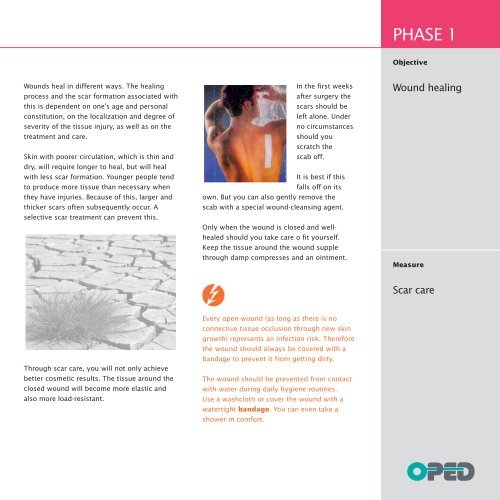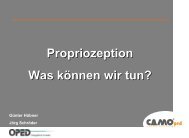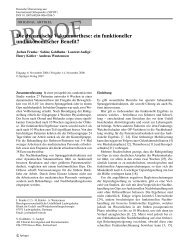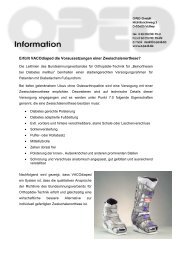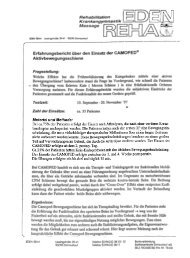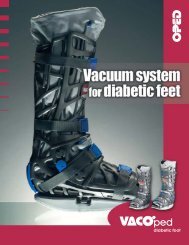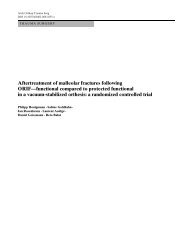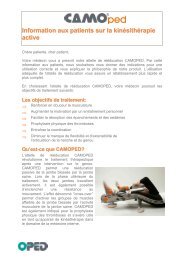Follow-up treatment booklet foor - VACOped
Follow-up treatment booklet foor - VACOped
Follow-up treatment booklet foor - VACOped
- No tags were found...
You also want an ePaper? Increase the reach of your titles
YUMPU automatically turns print PDFs into web optimized ePapers that Google loves.
PHASE 1ObjectiveWounds heal in different ways. The healingprocess and the scar formation associated withthis is dependent on one's age and personalconstitution, on the localization and degree ofseverity of the tissue injury, as well as on the<strong>treatment</strong> and care.Skin with poorer circulation, which is thin anddry, will require longer to heal, but will healwith less scar formation. Younger people tendto produce more tissue than necessary whenthey have injuries. Because of this, larger andthicker scars often subsequently occur. Aselective scar <strong>treatment</strong> can prevent this.In the first weeksafter surgery thescars should beleft alone. Underno circumstancesshould youscratch thescab off.It is best if thisfalls off on itsown. But you can also gently remove thescab with a special wound-cleansing agent.Only when the wound is closed and wellhealedshould you take care o fit yourself.Keep the tissue around the wound s<strong>up</strong>plethrough damp compresses and an ointment.Wound healingMeasureScar careThrough scar care, you will not only achievebetter cosmetic results. The tissue around theclosed wound will become more elastic andalso more load-resistant.Every open wound (as long as there is noconnective tissue occlusion through new skingrowth) represents an infection risk. Thereforethe wound should always be covered with abandage to prevent it from getting dirty.The wound should be prevented from contactwith water during daily hygiene routines.Use a washcloth or cover the wound with awatertight bandage. You can even take ashower in comfort.


